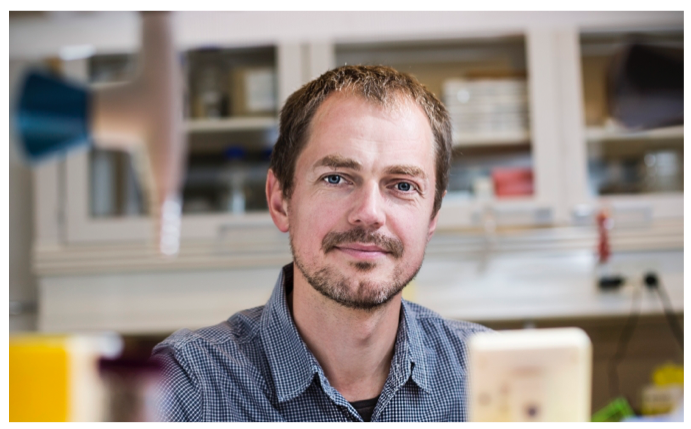Zelikin laboratories publish in Advanced Science on nature‐inspired scaffold for macromolecular prodrugs
Researchers at Aarhus University offer a new prospect on nucleic acids as a unique scaffold for macro-molecular prodrugs. With a natural mechanism for drug release they are foreseen to hold immense promise for targeted drug delivery.

Prodrugs are pharmacologically inactive medications which are metabolized into an active form within the body. Macromolecular prodrugs (MP) are therapeutic agents in which multiple pharmacologically active small molecules (drugs) are chemically, yet reversibly, linked to a macromolecular polymer. MPs are versatile and their increased plasma half-life and more consistent administration may cause the spikes in blood levels that contribute to toxicity in many pharmaceutical agents to be decreased.
In this study, the research team presents a novel type of macromolecular prodrugs built on the natural nucleic acid scaffold using marketed nucleoside analogues. Nucleic acid scaffolds based on (deoxy)ribose and phosphodiester linkage have evolved as the most reliable tool to store, read, and copy information. The defining characteristics of these scaffolds are their stability and the availability of methods to precisely control their sequence and therefore the molecular structure and function.
Therapeutic Nucleic Acids (TNA) have molecularly defined composition, which is a highly favorable attribute concerning the regulatory approval, and release the drug via a natural, nuclease‐mediated mechanism. The results showed that TNA exhibited fast, unaided cell entry and exerted antiviral effects with high potency superior to that of the parent nucleoside analogues. Together, the natural mechanism of drug release, the perfectly controlled composition, and the high antiviral activity position TNA is highly favorably for translational studies.
This work was supported by the Independent Research Fund Denmark and the German Research Foundation.
The research has been carried out by scientists from Interdisciplinary Nanoscience Centre (iNANO) and Department of Chemistry at Aarhus University (AU) in collaboration with Institute of Molecular Virology at Ulm University Medical Center (Germany), and Aarhus University Hospital (Denmark). Associate Professor Alexander Zelikin has been in charge of the research team behind the study.
For further information, please contact
Associate Professor Alexander Zelikin
Interdisciplinary Nanoscience Center and Department of Chemistry
zelikin@inano.au.dk – + 23297986 -